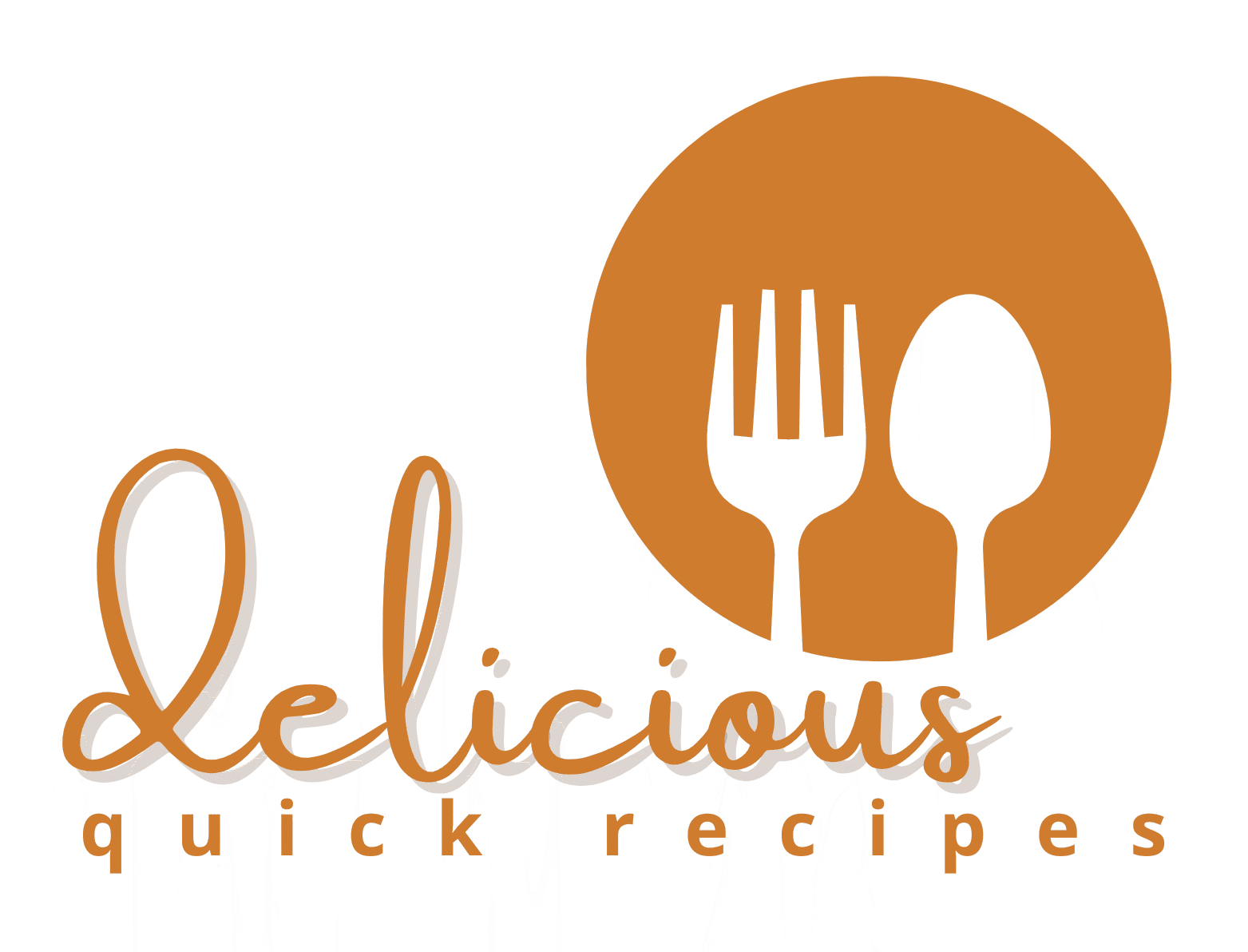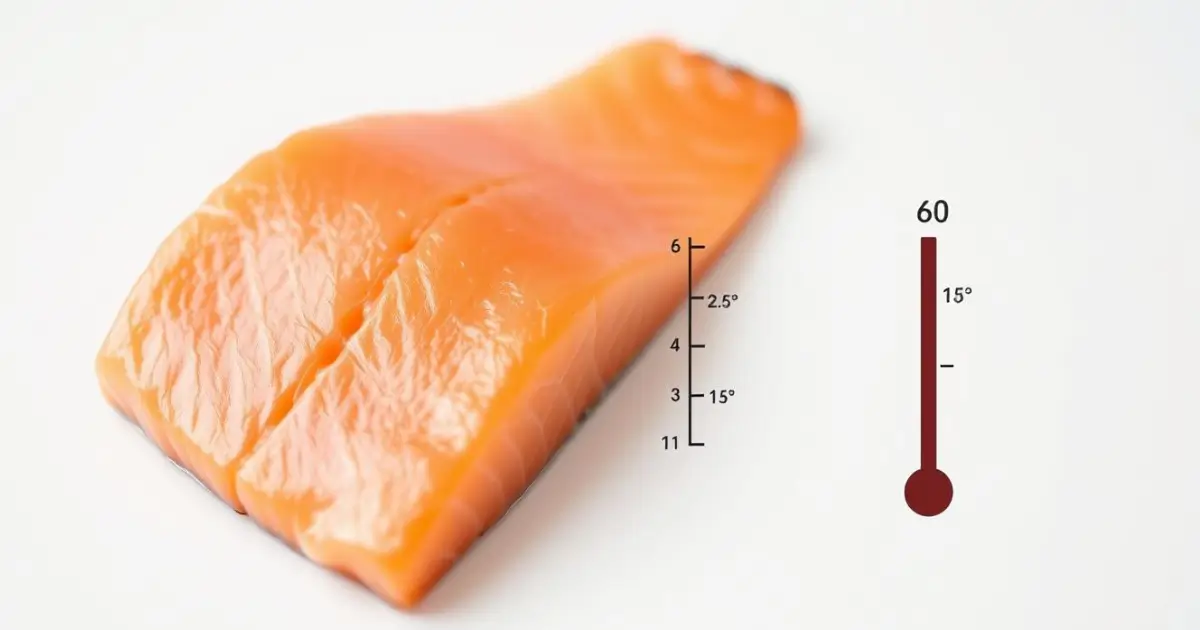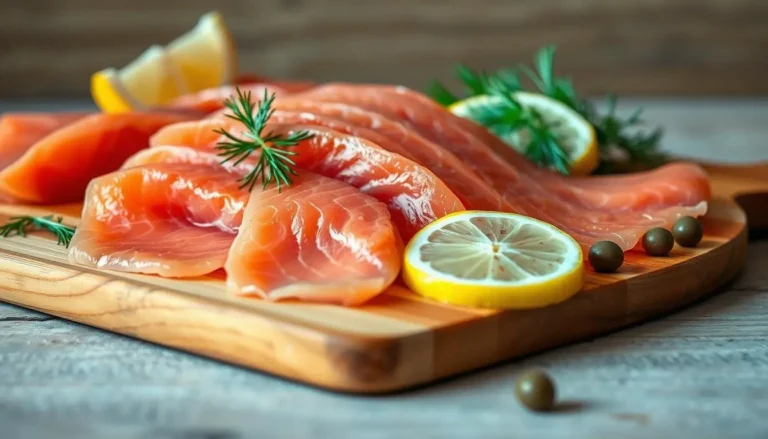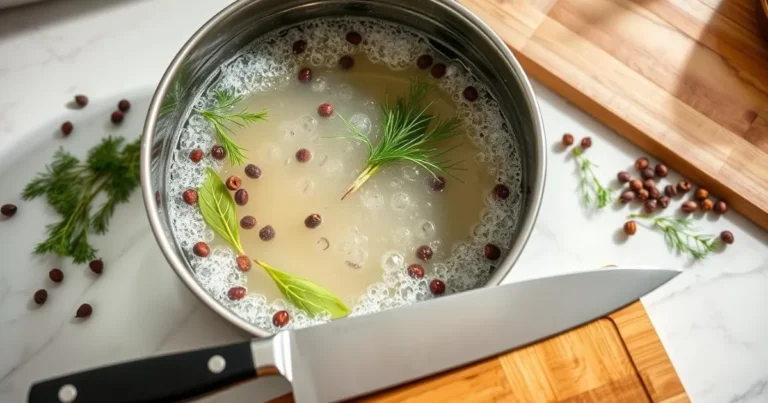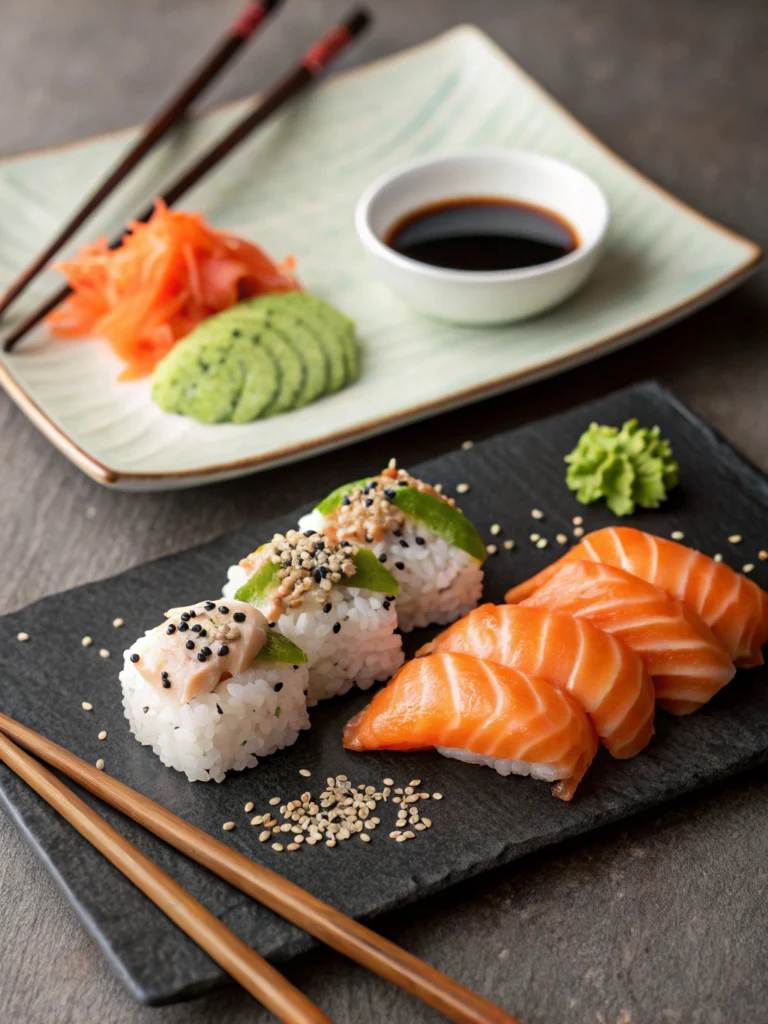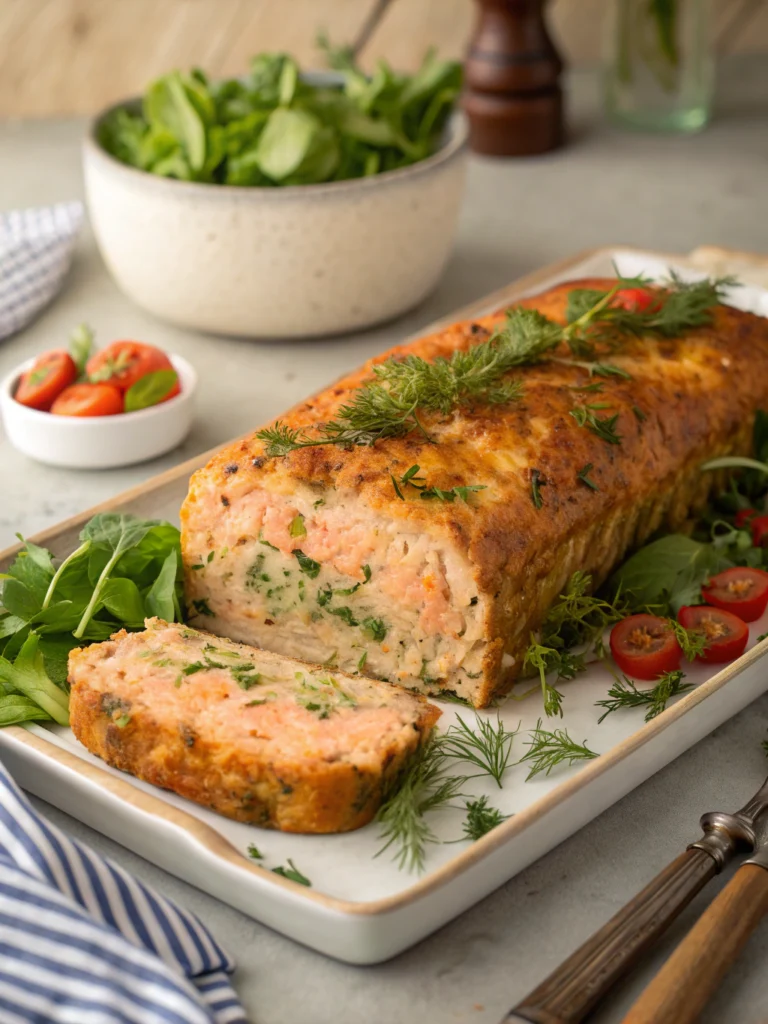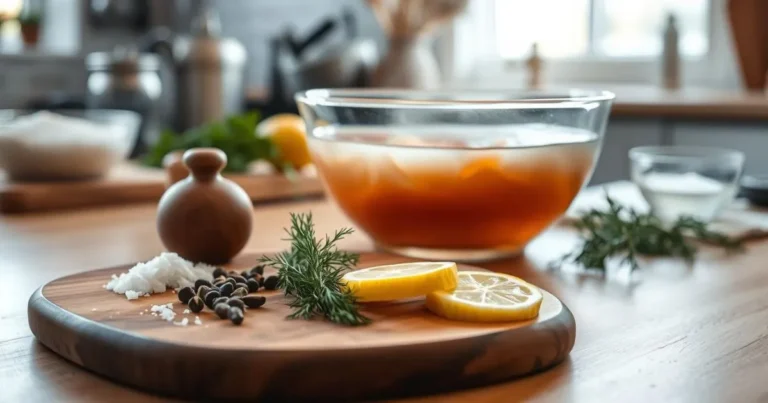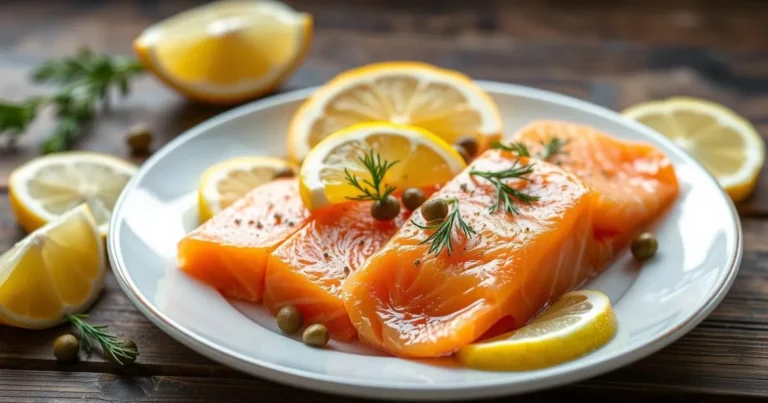What internal temperature should smoked salmon reach for safe and tasty results?
Every summer, my family comes together for our famous salmon feast . Making perfect smoked salmon internal temp is an art we’ve learned over the years. It’s not just about cooking; it’s about sharing a special moment with loved ones.
When preparing smoked salmon, knowing the right temperature is key. Hot-smoked salmon needs careful temperature control for both safety and taste. Whether you’re a pro chef or a home cook, getting the salmon’s internal temperature right can make a big difference.
Both pros and home cooks know that the right internal temperature is the secret to tender, tasty salmon. Hot-smoked salmon is usually cooked between 225°F to 275°F. This ensures it’s cooked well without losing its soft texture.
Starting your smoked salmon journey means understanding temperature. A quality meat thermometer is essential it helps prevent undercooked or overcooked fish. By focusing on these details, you’ll make a dish that’s not only delicious but also safe to eat.
Table of Contents
Understanding Smoked Salmon
Smoked salmon is a tasty seafood dish that turns fresh fish into a flavorful treat. It’s made by preserving and improving salmon through smoking. This method changes its texture, taste, and ensures it’s safe to eat.
What is Smoked Salmon?
Smoked salmon is made by curing fresh salmon and smoking it. The smoking temperature can vary. Salmon can be smoked in two primary ways: hot smoking and cold smoking.
Different Types of smoked salmon internal temp
There are many smoking styles for salmon, each with its own taste and way of making it:
- Hot-Smoked Salmon: Cooked at higher temperatures during smoking
- Cold-Smoked Salmon: Cured but not fully cooked during smoking
- Gravlax: A Scandinavian-style cured salmon
| Smoking Method | Temperature | Cooking Time | Texture |
|---|---|---|---|
| Hot Smoking | 225°F | 2-4 hours | Flaky, fully cooked |
| Cold Smoking | 90°F | 12-24 hours | Silky, raw-like |
Knowing about these types helps you pick the right smoked salmon for your taste. It also keeps your food safe to eat.
The Importance of Internal Temperature
Knowing the right temperature for smoking salmon is key to a tasty and safe dish. It’s all about turning raw fish into a delicious treat while keeping you safe.
Smoking salmon isn’t just about cooking. The key is balancing safety with delicious flavor. Both pros and home cooks agree: getting the temperature right is essential.
Why Temperature Matters
Temperature affects many important parts of making smoked salmon:
- Protein structure and texture
- Moisture retention
- Flavor development
- Bacterial elimination
Health Risks of Undercooked Fish
Eating undercooked fish can be very dangerous. Raw or not fully cooked salmon might have harmful bacteria and parasites. These can lead to serious foodborne illnesses. Keeping the salmon at the right temperature helps avoid these risks.
The ideal temperature for smoking salmon is between 130-145 degrees Fahrenheit. At 145 degrees, it’s fully cooked. But some chefs prefer to stop at 130-135 degrees for a softer, juicier texture.
Always rely on a meat thermometer to monitor the salmon’s internal temperature. Your taste buds and health will appreciate the extra effort.
Ideal Internal Temperature for Smoked Salmon
Getting the perfect smoked salmon needs careful temperature control. Knowing the right internal temperature is key for taste and safety. Different salmon types need different temperatures for the best results.
When making smoked salmon, the cooking temperature is very important. It affects both the taste and safety of your dish. The temperature needed varies based on the salmon type you’re using.
Recommended Temperature Ranges
Here are the best temperature ranges:
- Wild Salmon: Recommended internal temperature of 120°F
- Farm-Raised Salmon: Recommended internal temperature of 125°F
Cooking Methods to Reach Ideal Temperature
There are several ways to get the perfect smoked salmon temperature:
- Electric Smoker: Keep the temperature steady between 225°F and 275°F
- Charcoal Grill: Use indirect heat and watch the internal temperature closely
- Gas Grill: Set up a two-zone heating method for controlled smoking
Pro tip: Always use a reliable meat thermometer to check the internal temperature. This makes sure your salmon is safe and perfectly cooked. It will also have a rich, smoky flavor that will wow your guests.
How to Measure Internal Temperature
Measuring the smoked salmon’s internal temperature is key to perfect results. It’s all about precision when cooking this delicate fish. A digital meat thermometer is your go-to tool for both safety and flavor.
Getting an accurate temperature reading takes skill and the right tools. The right smoking temperature and internal temperature are essential for tasty smoked salmon.
Using a Digital Food Thermometer
Here’s how to check the smoked salmon’s internal temperature:
- Choose a high-quality digital meat thermometer
- Insert the probe into the thickest section of the salmon for the most accurate reading.
- Make sure not to touch bones or the cooking surface
- Wait for a steady reading
Tips for Accurate Temperature Readings
Professional chefs share these tips for precise measurements:
- Calibrate your thermometer before each use
- Clean the probe between readings
- Check different spots in larger salmon cuts
- Remember carryover cooking after removing from heat
Pro tip: Aim for an internal temperature between 135–145°F (57–63°C) to ensure safety and ideal texture.
Keep in mind, different smoking methods might need slight temperature tweaks. Always put food safety first while keeping the salmon’s flavor and texture in mind.
Preparation Techniques
Preparing smoked salmon needs precision and careful technique. Reaching this temperature makes sure the fish is both safe to eat and flavorful. Your preparation affects the fish’s flavor, texture, and safety.
Dry-Brining: The Secret to Flavorful Salmon
Dry-brining is key to making amazing smoked salmon. It involves several important steps:
- Select fresh, high-quality salmon
- Apply kosher salt evenly across the fish
- After smoking, let the salmon rest in the refrigerator for 2 to 4 hours before serving.
- Pat the fish dry to create a pellicle
Drying and Seasoning for Optimal Smoking
To smoke salmon well, start with drying and seasoning. The pellicle is important. It makes the fish’s surface sticky, helping smoke stick and improving taste and look.
- Air-dry the salmon for 1-2 hours
- Use a fan to help form the pellicle
- Apply your favorite herb and spice blend
- Ensure the surface is slightly sticky before smoking
Experts say to keep the smoker at 175-225°F. This temperature is perfect for cooking the salmon safely. It keeps the fish tender and flavorful.
Safe Handling of Smoked Salmon
Handling smoked salmon right is key to keeping it fresh and safe. Knowing the best temperature for smoking and the doneness temperature is important. It helps keep the flavor good and avoids health risks.

When you’re making smoked salmon, keeping the temperature right is important. It affects both taste and safety. The right way to store it can make it last longer and keep its smoky taste.
Storing Smoked Salmon Safely
Here are some important tips for storing smoked salmon:
- Refrigerate it right away after smoking or buying
- Put it in a sealed container
- Keep it cold, below 40°F
- Consume it within 3 to 5 days for optimal flavor.
Best Practices for Serving
When you serve smoked salmon, you need to be careful:
- Let it sit at room temperature for 15-20 minutes before eating
- Use clean tools to avoid contamination
- Put it on cold plates to keep it cool
- Eat it within 2 hours of taking it out of the fridge
Pro tip: Always check the salmon’s internal temperature before serving. This makes sure it’s safe to eat.
Cooking vs. Cold Smoking
Learning the difference between cooking and cold smoking salmon is key. It helps you cook this tasty fish safely and with great flavor. Knowing the right internal temperature for smoked salmon is very important.
What is Cold Smoking?
Cold smoking is a special way to preserve fish. It adds deep flavor without cooking it fully. This technique involves smoking at low temperatures ranging from 68 to 86°F (20 to 30°C). It takes 6-12 hours and needs careful temperature control.
- Ambient temperature remains low
- Preserves raw texture of salmon
- Focuses on flavor infusion
Internal Temperature Differences
The cooking temperature for smoked salmon changes a lot between cold and hot smoking. Hot smoking cooks the fish using higher temperatures between 150 and 170°F (66 to 77°C). Cold smoking keeps temperatures low to keep the salmon raw.
| Smoking Method | Temperature Range | Cooking Effect |
|---|---|---|
| Cold Smoking | 68-86°F (20-30°C) | No cooking, raw preservation |
| Hot Smoking | 150-170°F (66-77°C) | Fully cooks salmon |
For home cooks, hot smoking is safer. The internal temperature for smoked salmon should reach at least 145°F. This ensures the fish is safe from harmful bacteria and parasites.
Pairing Smoked Salmon
After you’ve hit the perfect smoking temperature and internal temp, it’s time to enjoy your meal. Smoked salmon has a rich flavor that goes well with the right foods and wines.
Best Side Dishes to Complement Smoked Salmon
Choose side dishes that bring out the smoky taste of your salmon. Here are some great choices:
- Creamy dill potato salad
- Crisp cucumber salad
- Toasted bagel with cream cheese
- Pickled red onions
- Fresh mixed greens with lemon vinaigrette
Wine Pairing Suggestions
The right wine can make your smoked salmon even better. Here are some pairings that match the fish’s smoky taste:
- Sauvignon Blanc: Its crispness cuts through the salmon’s richness
- Champagne: Adds a celebratory feel with its bubbly elegance
- Pinot Noir: A light red that won’t overwhelm the fish’s flavors
- Dry Riesling: Offers a refreshing contrast to the smoky taste
When serving smoked salmon, how it looks is just as important as how it tastes. Set it on a stunning platter, add fresh herbs, and let your guests savor the result of your hard work.
Common Mistakes to Avoid
Smoking salmon needs precision and care. Many home cooks make mistakes that can ruin the quality and safety of their fish. Knowing these common errors will help you make perfect smoked salmon every time.
Overcooking: The Silent Flavor Killer
Overcooking is a big mistake when smoking salmon. Overcooking causes the fish to become dry and tough. This ruins the fish’s delicate flavor. Careful temperature monitoring is crucial to maintain the fish’s moisture and flavor.
- Watch the internal temperature closely
- Remove salmon from heat at the right moment
- Use a reliable meat thermometer

Critical Food Safety Guidelines
Ignoring food safety can be dangerous. Keeping the right temperature is key to prevent bacteria and ensure it’s safe to eat.
| Smoking Method | Safe Internal Temperature | Recommended Cooking Time |
|---|---|---|
| Hot Smoking | 145°F (63°C) | 30-45 minutes |
| Cold Smoking | 135°F (57°C) | 45-60 minutes |
Top Mistakes to Prevent
- Inconsistent temperature during smoking process
- Failing to properly prepare the salmon before smoking
- Not allowing adequate drying time before smoking
- Skipping the brining step
Avoiding these mistakes will make your smoked salmon delicious and safe. Remember, the more you practice, the better you’ll get.
Frequently Asked Questions
Smoking salmon can be tricky for home cooks and seafood lovers. Knowing the right temperature and storage tips is key. This ensures you enjoy the fish safely and at its best.
Reheating smoked salmon needs care to keep its texture and taste. Use low heat and short times to avoid drying it out. The ideal temperature for smoked salmon is around 145°F to keep it moist and flavorful.
Storing smoked salmon right is important for its quality. Stored properly, it will keep for 3 to 4 days in the refrigerator. Freezing it extends its life to 2 to 3 months. Always use an airtight container and keep it cold to stop bacteria growth.
Check if your smoked salmon is good by looking for signs of spoilage. Off-odors, color changes, or sliminess are bad signs. If unsure, it’s best to throw it away to stay safe. Following these tips helps you enjoy your smoked salmon safely and at its best.
FAQ
What is the recommended internal temperature for smoked salmon?
Hot-smoked salmon should reach an internal temperature of 135–145°F for best quality and safety. This ensures the salmon is cooked, safe, and stays moist. It kills harmful bacteria and keeps the flavor rich.
How can I tell when smoked salmon is fully cooked?
Check the salmon’s internal temperature with a digital thermometer. Look for 135°F to 145°F. The salmon is done when it looks opaque and flakes easily. Take it off the heat 3–5 degrees before the target temperature to account for carryover cooking.
What’s the difference between hot-smoked and cold-smoked salmon?
Hot-smoked salmon is cooked at 225°F to 275°F, reaching 135°F-145°F inside. It’s flaky and opaque. Cold smoking involves curing the salmon and exposing it to smoke at temperatures below 90°F without cooking it. It’s softer and more like lox or gravlax.
How long does it take to smoke salmon?
Smoking time varies by fish thickness and temperature. At 225°F-275°F, it’s 1 to 3 hours. Thinner pieces cook faster, thicker ones take longer. Use a meat thermometer to confirm the salmon has reached 135–145°F internally.
Can I safely reheat smoked salmon?
Yes, but reheat carefully to avoid drying. Warm it in the oven at 275°F, covered with foil. Heat until it reaches 145°F. Or, use a microwave on low, in short 30-second intervals. Avoid overheating to keep it moist.
How long can I store smoked salmon?
Unopened, vacuum-sealed salmon lasts 2-3 weeks in the fridge. Once opened, eat within 3-5 days. Store homemade smoked salmon in an airtight container and refrigerate for up to 3–4 days. Freeze for up to 3 months. Always keep it at or below 40°F to prevent bacterial growth.
What type of salmon is best for smoking?
Fatty salmon varieties are best for smoking. King (Chinook) salmon is top due to its fat content. Sockeye and Atlantic are also good. The natural fat content helps retain moisture and enhances flavor throughout the smoking process.
Do I need to brine salmon before smoking?
Brining is recommended. Brining seasons the fish, boosts moisture retention, and promotes smoke absorption. A simple brine contains salt, sugar, water, and optional herbs or spices. Brine for 4-8 hours, then dry and air dry to form a tacky pellicle before smoking.
Did you try our recipe ?
Great recipe overall
My salmon came out moist and flavorful. I just wish there were more visuals or a video. Still, I’d recommend it!
This was my first time smoking salmon
It turned out amazing! The instructions were super clear, and the brining tip made a big difference. My family loved it definitely saving this recipe!
Perfect balance of flavor and texture
The guide made it easy to follow each step. I used applewood chips and got a nice smoky finish. Will make again!
